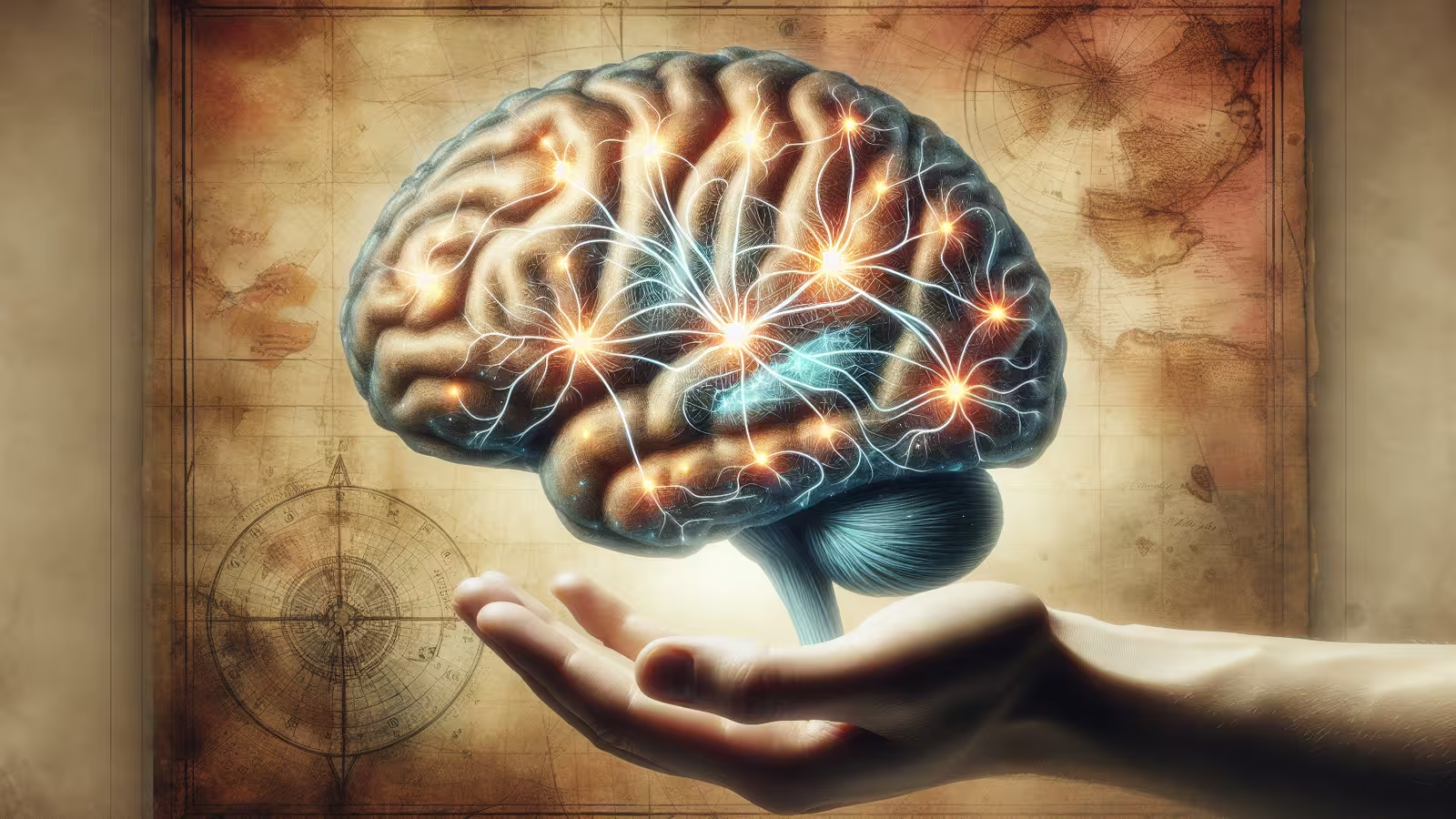4 Minutes
Understanding How Memories Shift Inside the Brain
Recent neuroscientific research at Northwestern University has uncovered compelling evidence suggesting that memories are not static entities stored in fixed locations within the brain. Instead, the physical patterns of memory storage may actually shift over time—a phenomenon that could reshape our fundamental understanding of how we remember and recall information.
At the core of this new study is the hippocampus, a brain region essential for spatial memory and navigation. Building on findings first reported in 2013, where it was observed that neuronal activity patterns in the hippocampus could change with time, the Northwestern research team set out to investigate whether the movement of memory traces—sometimes called "representation drift"—is tied to changes in the environment, or if it occurs even when those conditions remain constant.
Innovative Experiment Design Using Mice
To tackle this question, scientists designed a controlled experiment using laboratory mice. The mice navigated a treadmill surrounded by digital displays that simulated a virtual maze. The environment was enriched with a familiar scent and constant background noise to create stable conditions for one group (the control group), while some variables were altered in others.
Advanced imaging techniques enabled researchers to monitor the mice’s brain activity in real time as the animals traversed the digital maze. By observing neuronal activity in the hippocampus, the team hoped to determine whether changes in neural representation corresponded to external environmental shifts or occurred independently.
Key Discoveries: The Phenomenon of Representation Drift
The results were striking. The researchers found that "representation drift"—the gradual shift of neural activity patterns related to specific memories—was present regardless of whether the external environment of the mice changed or stayed the same. This finding contradicts prior expectations that stability in surroundings would anchor memory traces in one place.
Dr. Daniel Dombeck, lead author of the study, remarked, "I was sure we were going to reduce this representational drift... that the memory was going to look more stable over days—and that's not what we found." Instead, the evidence suggests that the brain might have an intrinsic need to reorganize or ‘reshuffle’ memory representations, perhaps to better incorporate new and familiar experiences.
Investigating the Influence of Sensory Inputs
One challenging aspect of memory research in animals is controlling for sensory variables, especially odors. The researchers recognized that mice are highly sensitive to even subtle changes in their olfactory environment, which could affect behavior and memory formation. To address this, the team carefully managed and manipulated scent cues during experiments, yet found that the rate of representation drift was comparable whether odors were kept constant or purposefully changed across days. This suggests that only sensory inputs directly relevant to behavior have a pronounced effect on the organization of the brain’s internal 'cognitive map.'
Implications for Human Memory and Neuroscience
While these experiments were conducted with mice, the concept of representation drift has also been observed in various brain regions across other species, including humans. Given the human brain’s enormous complexity and scale, the direct implications for people remain speculative. However, the study opens exciting new avenues for memory research, including how the stability or movement of memory traces might relate to learning, forgetting, and even neurological conditions.
Experts emphasize that further research will be critical to explore how these dynamic processes of memory organization influence cognition in larger-brained mammals, and whether it may one day help explain common memory lapses or inform treatments for disorders involving memory instability.
Conclusion
The discovery that memories may physically shift their location within the brain—independent of changes in the environment—challenges long-standing assumptions about how our brains store and retrieve information. This groundbreaking work from Northwestern University not only deepens our understanding of hippocampal function and neural plasticity but also points to the remarkable adaptability of the memory system. As scientists continue to explore the dynamic landscape of memory, these findings may pave the way for new insights into brain health, learning processes, and the underlying causes of memory-related conditions.
Source: futurism



Comments